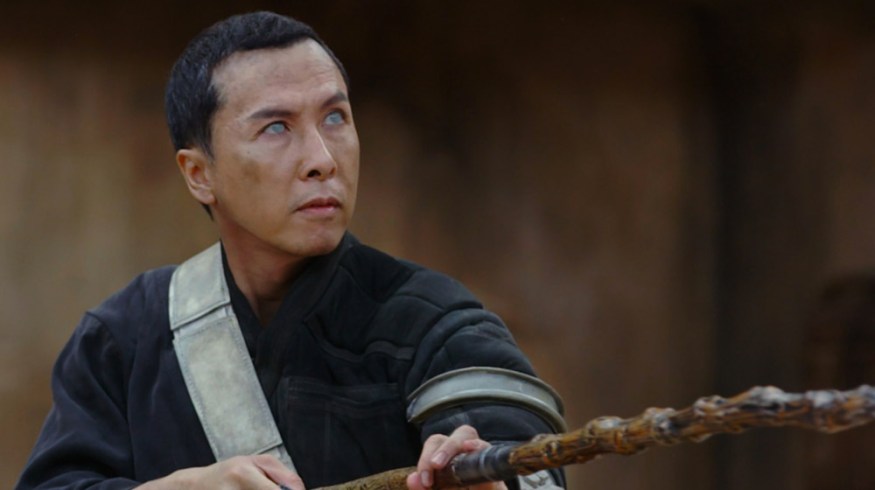
Visual Homage in Cinema
Learn how to draw inspiration from the history of cinema while putting your viewing habits to use through the art of homage.
The cinematic machine stays alive by cultivating an ongoing sense of self-awareness and self-reference. Let’s explore the art of homage.
What is Homage?
American Horror Story via 20th Century Fox and Stephen Coll
An homage is an imitation of another work. At first glance, it may seem like an homage is a rip-off or a lesser copy, but it actually pays tribute to and honors the source work. Homage is a great way to use other filmmakers’ styles and content to crystallize your unique voice as a filmmaker.
Even the smallest visual homage can point to a larger cinematic tradition and connect to your developing interests as a filmmaker. Consider the movie, Breathless (below via Criterion), when Jean-Paul Belmondo’s character, Michel, imitates the mannerisms of Humphrey Bogart.

The character within the film announces the homage, but, ultimately, this is Jean-Luc Godard, the cinephile director, paying tribute to the idea of Humphrey Bogart as a cinematic icon while also pointing, with homage, to the film noir ancestry and influence that run through Breathless. It sounds more complex than it feels.
Godard is an excellent example of an international director who constantly points back to the medium with a mixture of love and criticism. Godard would continue to draw inspiration from American cinema while also influencing American cinematic style. A symbiotic system of mutual homage.
International Connections
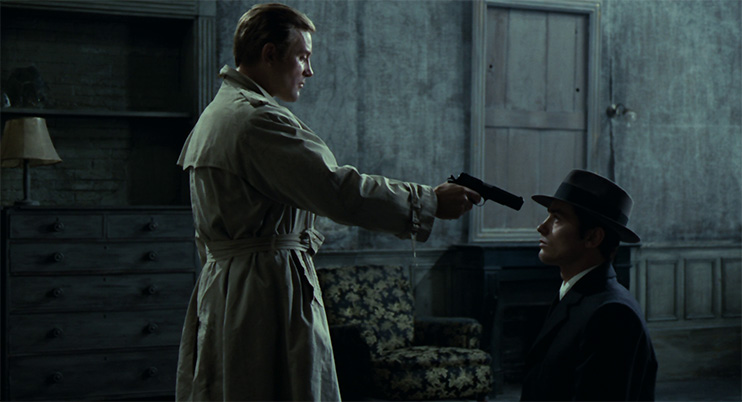
International films and filmmakers can be excellent sources of inspiration and influence your own work as a creator. Jim Jarmusch is an American director who has developed a unique cinematic style while forever paying homage to his cinematic influences. A great example of Jarmusch’s use of homage can be seen in his 1999 film Ghost Dog: The Way of the Samurai, which is a direct homage to Jean Pierre-Melville’s 1967 film, Le Samouraï, (above, via Criterion).
Jarmusch pays homage to Le Samouraï by using a similar hitman main character and story structure for his film Ghost Dog. If you watch the films, you can easily find individual scenes, such as the theft of a car, that mirror one another almost exactly.
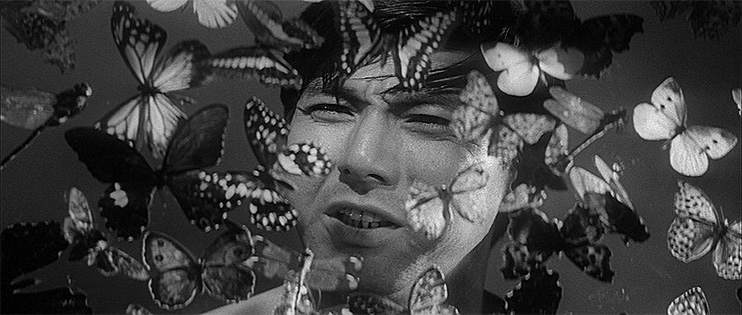
Le Samouraï isn’t the only film that influenced Ghost Dog. The Japanese hitman film, Branded to Kill (above, via Criterion) is another key source. Once again, the two films share a similar main character, but the more interesting and fun connections between the two films can be spotted in specific scenes.
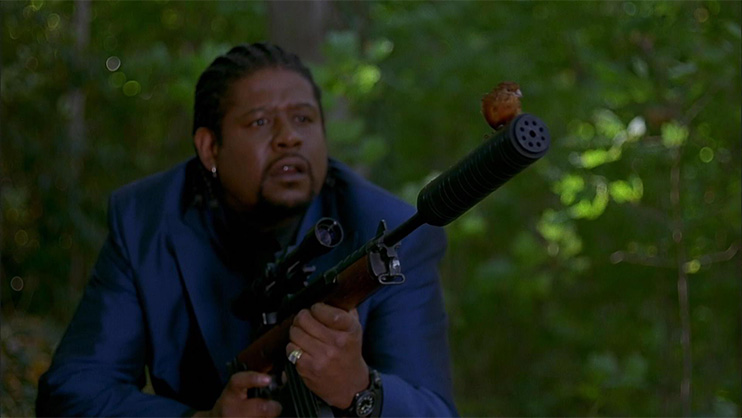
At a critical moment in each film, the main character is about to act as a sniper — until something lands on the tip of the rifle and stops the murder. It’s a bird in Ghost Dog and a butterfly in Branded to Kill.
Ghost Dog: The Way of the Samurai (above, via Lionsgate) owes a debt to samurai cinema in general and nods to the samurai code with frequent readings from the Hagakure. The idea of blending various influences has been a key strategy for many up-and-coming filmmakers, and George Lucas, an admirer of samurai cinema, is no stranger to this technique.
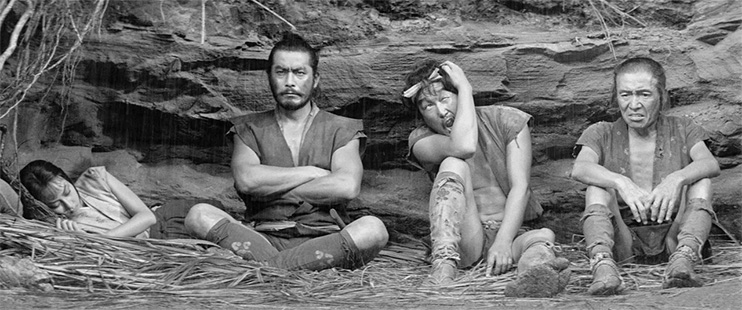
Lucas has pointed to The Hidden Fortress (above, via Criterion) as a key reference point in devising the narrative structure and characters for Star Wars Episode IV: A New Hope. The art of homage has carried on throughout the many Star Wars films.
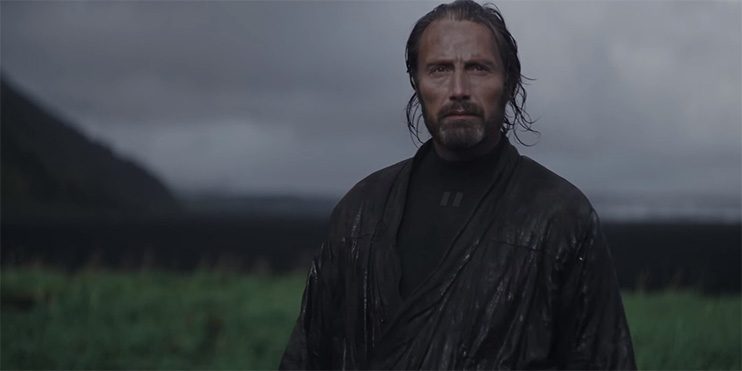
Rogue One: A Star Wars Story (above, via Disney) continues the tradition of drawing from samurai films through imagery, costuming, and even direct character references to older samurai films. Chirrut Îmwe, the blind warrior, performed by Donnie Yen, is a curt nod to Zatoichi (below, via Criterion), the blind sword master.
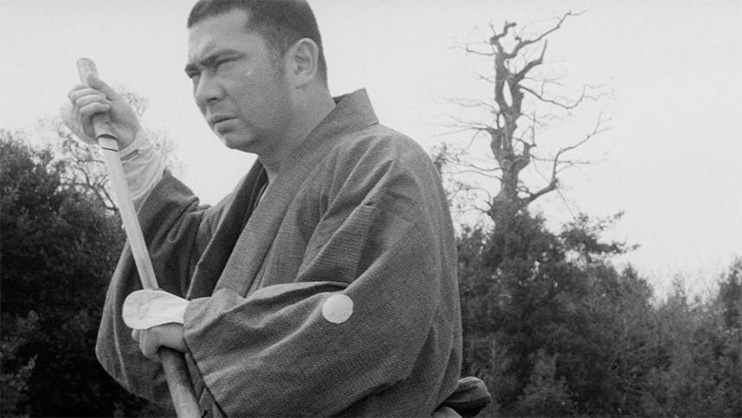
Quentin Tarantino is another director whose extensive knowledge of international film history has served him well throughout his career. It’s hard to watch a Tarantino film without seeing traces, large and small, of his cinematic taste and inspirations.
Tarantino’s admiration for films has helped fuel his unique style, as seen in the above video compilation by Jacob Swinney. Tarantino’s enthusiasm and homage have also helped preserve and raise awareness of rarely seen and often underappreciated films.
History on Repeat
Homage is really useful as a way to link points in the history of cinema. Whether the reference is obscure or well known, the tribute of an homage boosts the longevity and relevance of older cinema. Consider Battleship Potemkin and the famous Odessa Steps sequence.
As should be evident from the video above by Barthesian, the Odessa Steps sequence has been imitated countless times since it was first filmed in 1925. Through the art of homage, the source text takes on an almost vampiric quality, living on through its imitators in its various and sometimes humorous reworkings.
Homage can seem to yearn for a not-so-distant past in a very nostalgic way. From the work of J.J. Abrams to the recent hit series Stranger Things, seen above in the video compilation from Ulysse Thevenon, the films of the 1970s and 1980s are alive and well in our modern media world.
Parody
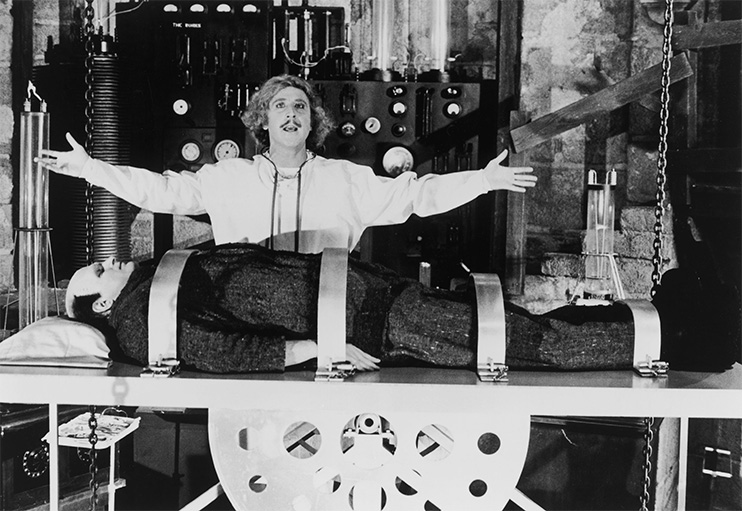
It’s important to note the difference between parody and homage. The official difference between the two is that a parody pokes fun at the source material while an homage honors the source material. But seriously, it’s rather hard to disentangle the two forms of imitation.
As you likely noticed at minute mark 6:10 in the video above, Naked Gun 33 1/3 imitates the famous Odessa Steps sequence by way of the Untouchables sequence. It’s hard to deny that, despite the mockery, there is often a fraction of love and admiration in parody. Consider the films of Mel Brooks, such as Young Frankenstein (above, via 20th Century Fox).

Enchanted (above) is a film that Disney prefers to label an homage rather than a parody, even though it can be characterized as either. As with much art, homage vs. parody is in the eye of the beholder.
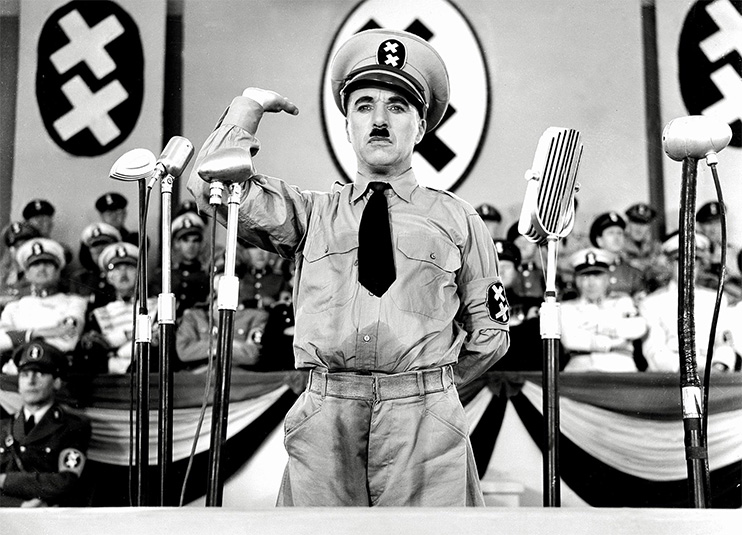
However, it’s safe to say that some imitations fall pretty clearly within the realm of parody and offer no love to their subjects. Charlie Chaplin’s parody of Hitler in The Great Dictator (above, via Warner) is a great example.
Conclusion
Homage is a film tradition inextricably linked to the process of making a movie. Your taste and consumption as a film viewer cannot help but play into your creative tendencies as a filmmaker. Acknowledging and embracing homage is a great starting point for crystallizing and putting into direct practice the ways that other film works have inspired you.
Homage is encouraging for the continued lifespan and appreciation of older and obscure films, as Jorge Luengo Ruiz demonstrates well in the above video about references in Pixar films.
Martin Scorsese and Ridley Scott have recently mourned the death of film as they have known it. While attitudes to film change with the times, the history of cinema lives on, and homage is a great way to carry the 20th century into the 21st century. Keep the tradition alive using visual homage while forging new territory with your creative vision.
Top Image: Rogue One: A Star Wars Story via Disney
For more on filmmaking, check out these articles:
Now and Then: A Filmmaker’s Guide to the Period Piece
The Do’s and Don’ts of Writing a Logline for Your Film or Video Project
How to Build a Starship — A Filmmaker’s Guide
An Ode to Top Gun





